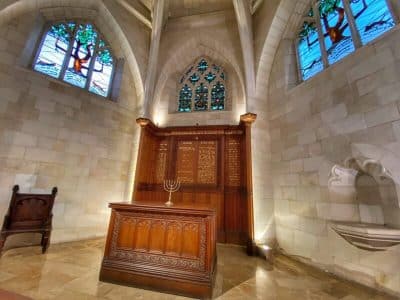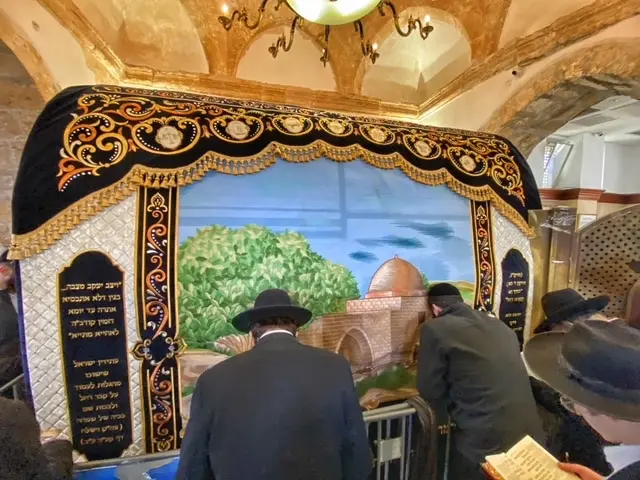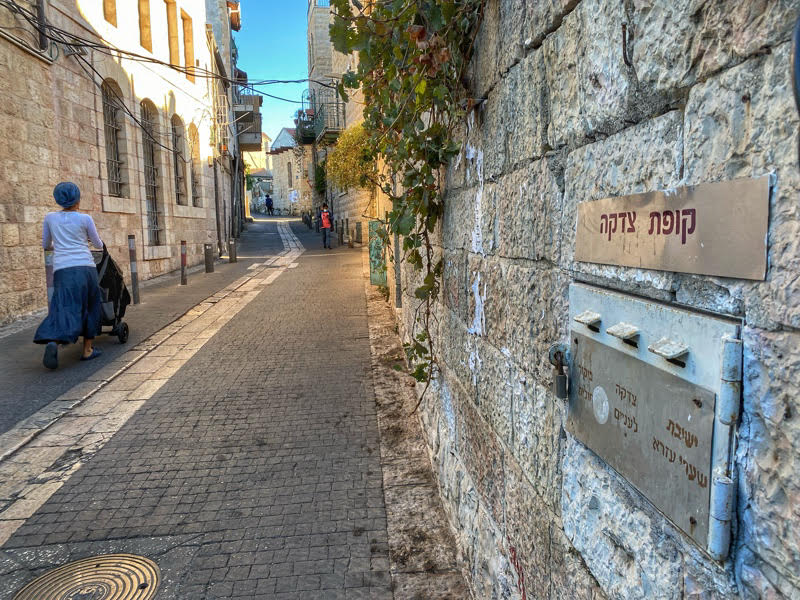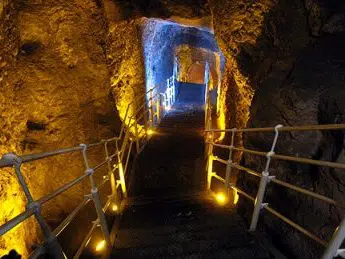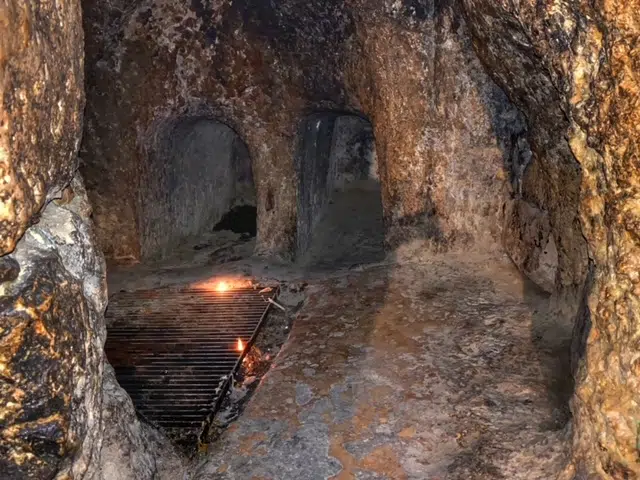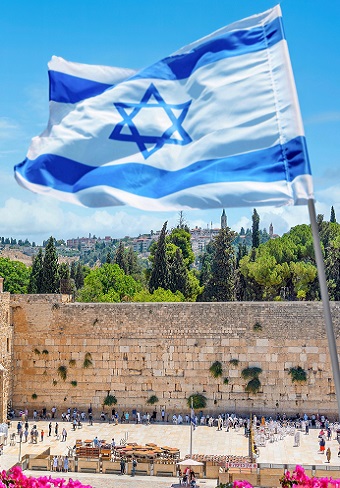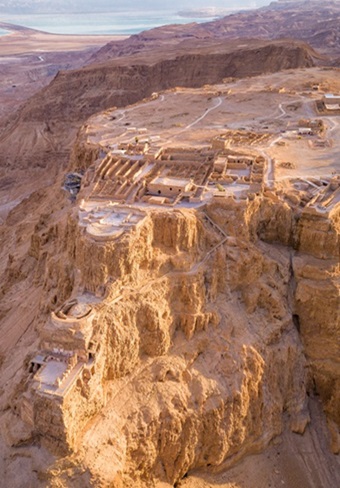Jerusalem’s Armenian Quarter
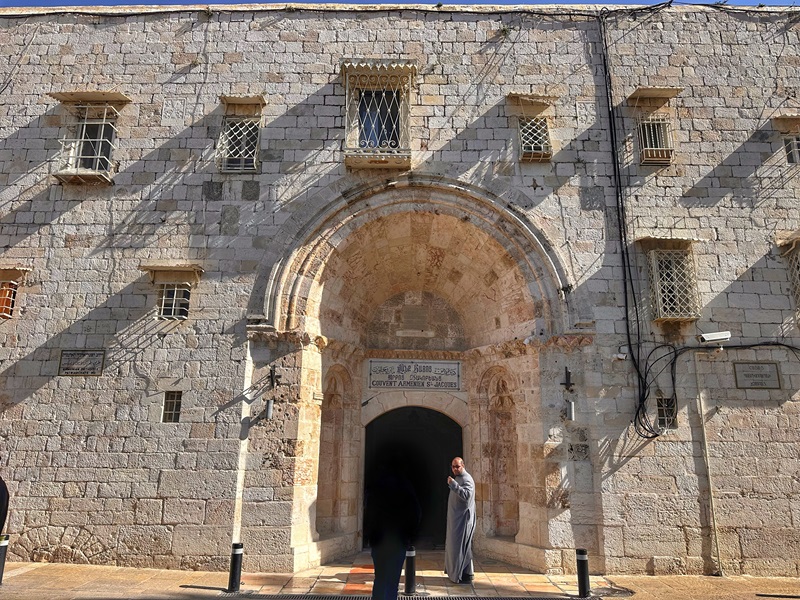
The Armenian quarter is the smallest in Jerusalem’s Old City and is not no longer exclusively Armenian. Some of it is settled by Jews, and some is home to institutions of the Anglican and Assyriac Church.
History of the Armenian Quarter
The Armenian Quarter was part of Biblical Jerusalem when the city expanded in the 8th and 7th centuries BCE. In Roman Times, King Herod built a palace at its northern end; later, it was the military camp of the 10th legion. Armenians settled in this area only in the Byzantine Period, and in the Crusader times, its main cathedral was built – Saint James Cathedral.
Points of Interest in the Armenian Quarter
 The Armenian quarter is primarily residential but is also known for its unique Armenian ceramic workshops. Its main churches include –
The Armenian quarter is primarily residential but is also known for its unique Armenian ceramic workshops. Its main churches include –
Saint James Cathedral – The main church of the Armenian community in the Armenian Quarter. By local tradition, it holds relics of Saint James, the brother of Jesus. It was constructed during the Crusaders and is one of the most impressive churches in Jerusalem. Unfortunately, it is open for merely 30 minutes daily for the public.
Church of the Archangels – According to local tradition, this church was built over the Jewish High Priest Annas house, where he interrogated Peter and John. (Acts 4:6).
Saint Mark’s Syriac Orthodox Church – The main church of the Syriac church. Local tradition recounts that it is built over the house of Saint Mark.
Christ Church – Located near Jaffa gate, Christ Church represents the Anglican church in Jerusalem.
A tour of the Armenian Quarter can be integrated into a day tour of Jerusalem.
